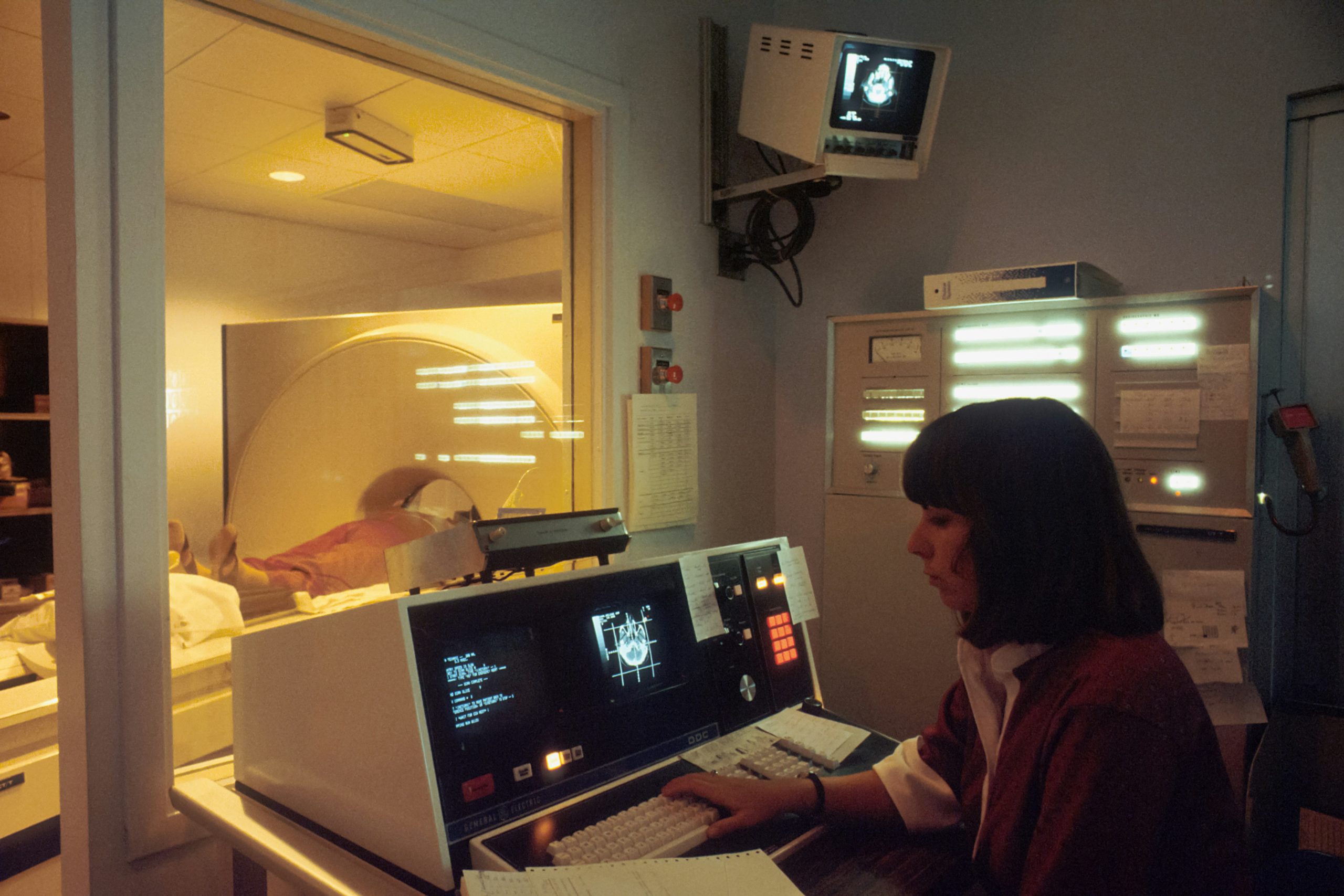CRISPR: A Potential Cure for Genetic Blindness?
Vision. Something that most of us take for granted until it is snatched away from us or its quality starts diminishing. The ability to perceive the world around us, to see how different colors interact with one another, to see the subtle change in someone’s expression, to see the grandeur of the vast landscapes that surround us is a crucial part of the human experience. Unfortunately, there are many that cannot fully or just can’t experience the gift of sight.
However, there might be a potential solution. Recently an industry-funded, Harvard Medical School researcher led a study at Mass Eye and Ear released their study’s results on how CRISPR technology could be used to treat an inherited retinal disorder. The point of the study was to test if CRISPR technology could be used to improve vision for those who had genetic blindness, and the results were groundbreaking. Not only did it show that CRISPR gene editing is safe, but also that it can “improve vision in some people with inherited blindness” (Mass General Brigham Communications).
The clinical trial was conducted starting early 2020 and had 14 patients, both children and adults, enrolled that had Leber congenital amaurosis (LCA), a genetic disorder that leads to childhood blindness. Each participant received one injection of the CRISPR-based gene-editing medicine in one eye. Two of the adult patients received low doses of the medicine, while the remaining 10 adult volunteers were given either an intermediate dose or a high dose. The two children participating received an intermediate dosage of the medicine.
CRISPR-Cas9 gene editing works by utilizing guide RNA (they act as molecular D), which direct the Cas9 enzyme precisely to designated sites within the genome. Then, Cas9 initiates targeted cuts, facilitating the cell's innate genetic machinery to either eliminate undesired mutations or rectify dysfunctional genes. (Mass General Brigham Communications). The Cas9 enzyme that the researchers used in this trial EDIT-101 was designed to fix the mutations in the CEP290 gene that lead to LCA. This trial was monumental in another sense because it was the first time that CRISPR-based medicine was inserted directly into the human body. Before, the technology had been used outside the body, and the changed genes were reinserted into the body.
The hope of the procedure was that the medicine would be able to reach the retina, the layer of your eye that contains photoreceptors and glial cells, and help to fix the mutated CEP290 gene and allow the light-sensing cells to work properly. The results showed that 11 out of the 14 patients who had received the treatment, had some sort of vision improvement in the months following the procedure, which means that their light-sensing cells were beginning to work normally. This meant that Olivia Cook, a college student who was a participant in this trial, was able to see the world in a way that she had never seen before. Before, the most she was able to see of her friends and family were their silhouettes, and now she can see the smiles on her loved ones faces in her left eye.
Although the trial wasn’t 100% successful, nobody suffered from severe trauma. There was one person that had bleeding in their eye after the procedure, but they have recovered since and their eyesight didn’t worsen or improve. What this means is that this medicine is quite safe, and has the potential to help many people in the future. The people who benefited from the trial have an improved quality of life now as they can see things they couldn’t once before. It is important to mention though, that this trial didn’t completely restore vision, nor did it improve vision significantly in everyone, but it was still groundbreaking nonetheless because it showed that this technology has potential. It has the potential to help millions of people all over the world.
Works Cited
“Gene Editing Improves Vision in Some People With Inherited Blindness.” Harvard Medical School, 6 May 2024, https://hms.harvard.edu/news/gene-editing-improves-vision-some-people-inherited-blindness. Accessed 13 May 2024.
Howard, Jacqueline. “Experimental gene therapy restores some vision in patients with inherited blindness.” CNN, 6 May 2024, https://www.cnn.com/2024/05/06/health/gene-editing-blindness-study-scn/index.html. Accessed 13 May 2024.
MASS GENERAL BRIGHAM COMMUNICATIONS. “Gene Editing Improves Vision in Some People With Inherited Blindness.” Harvard Medical School, 6 May 2024, https://hms.harvard.edu/news/gene-editing-improves-vision-some-people-inherited-blindness. Accessed 11 May 2024.


